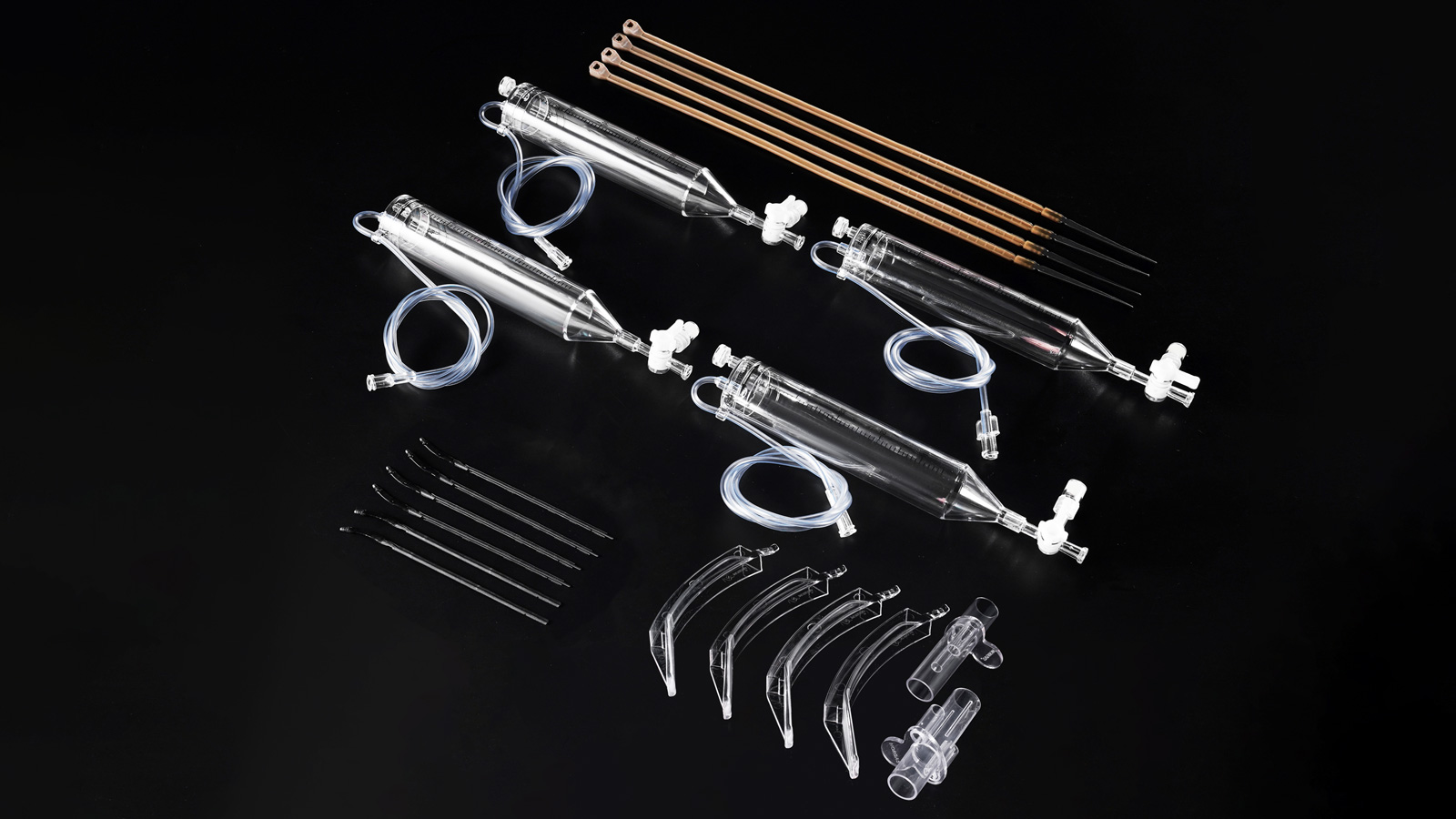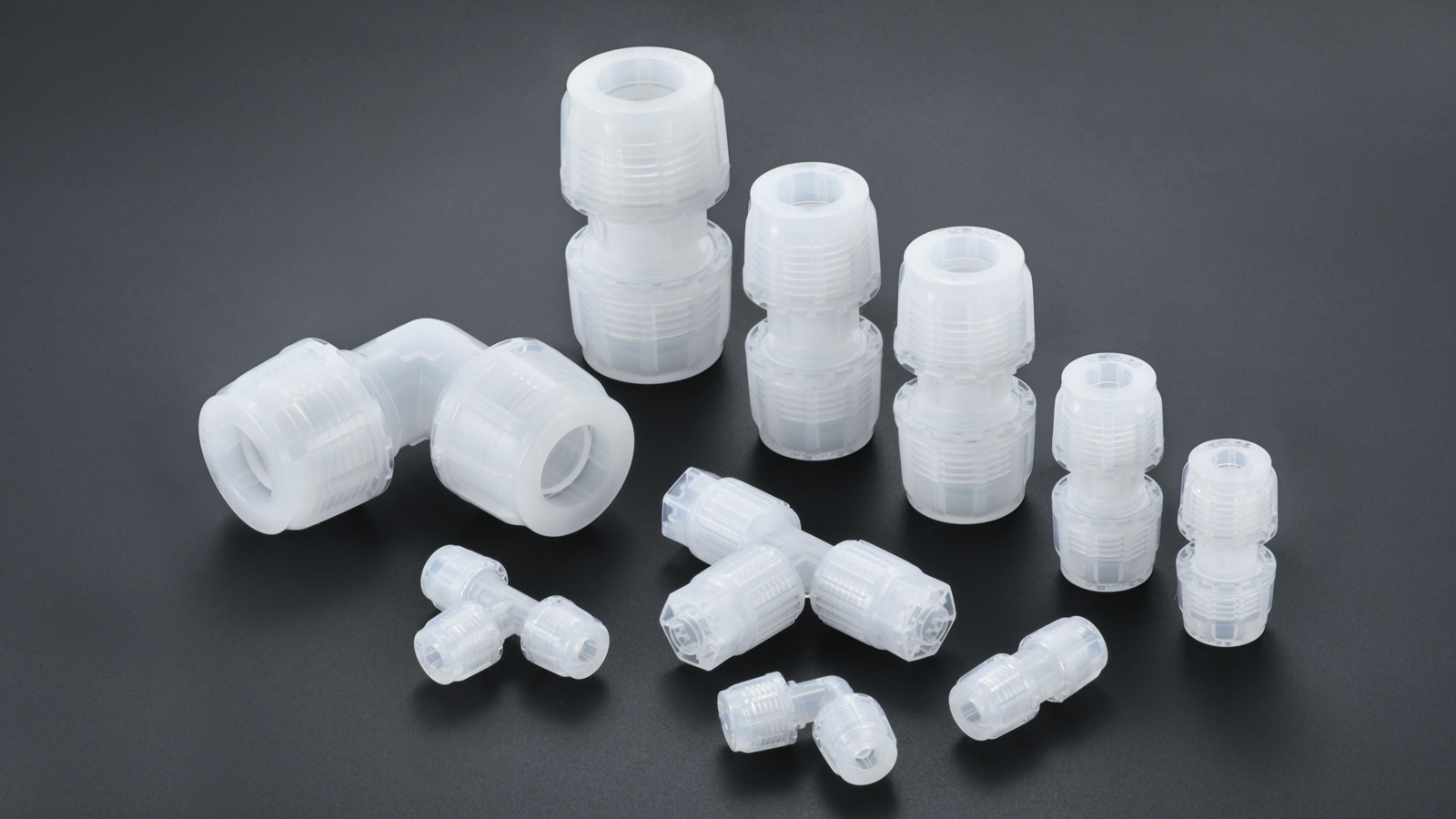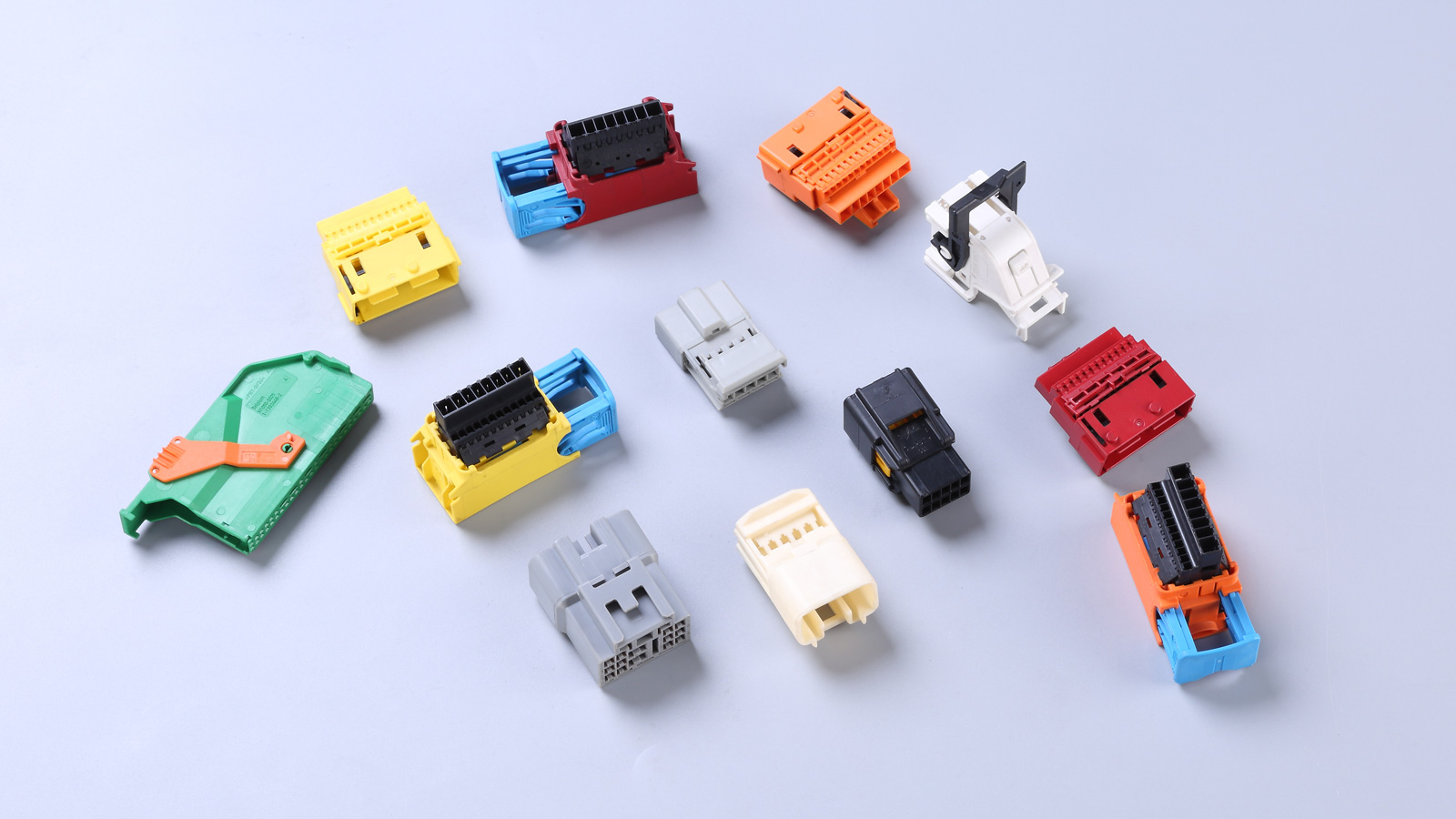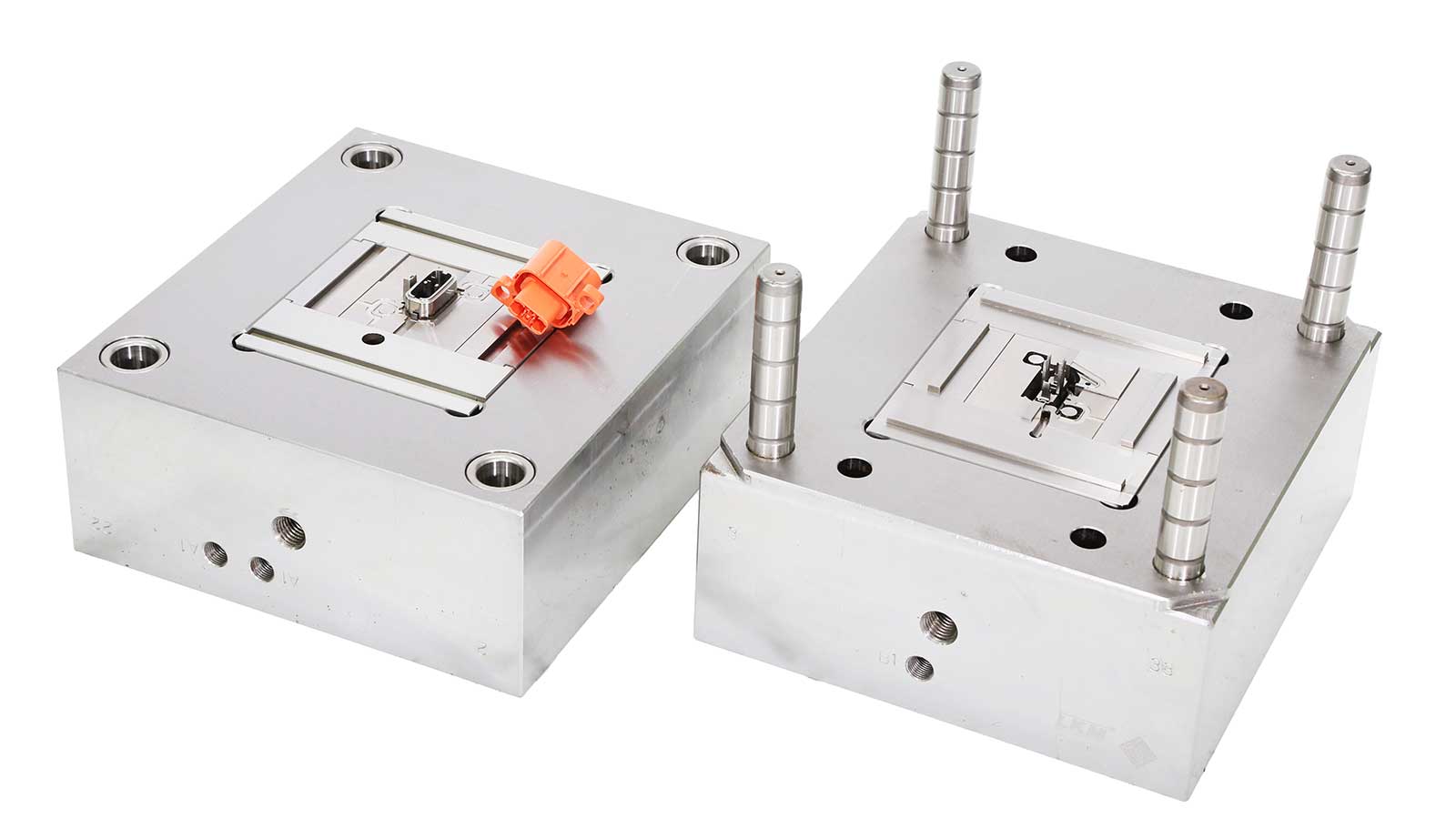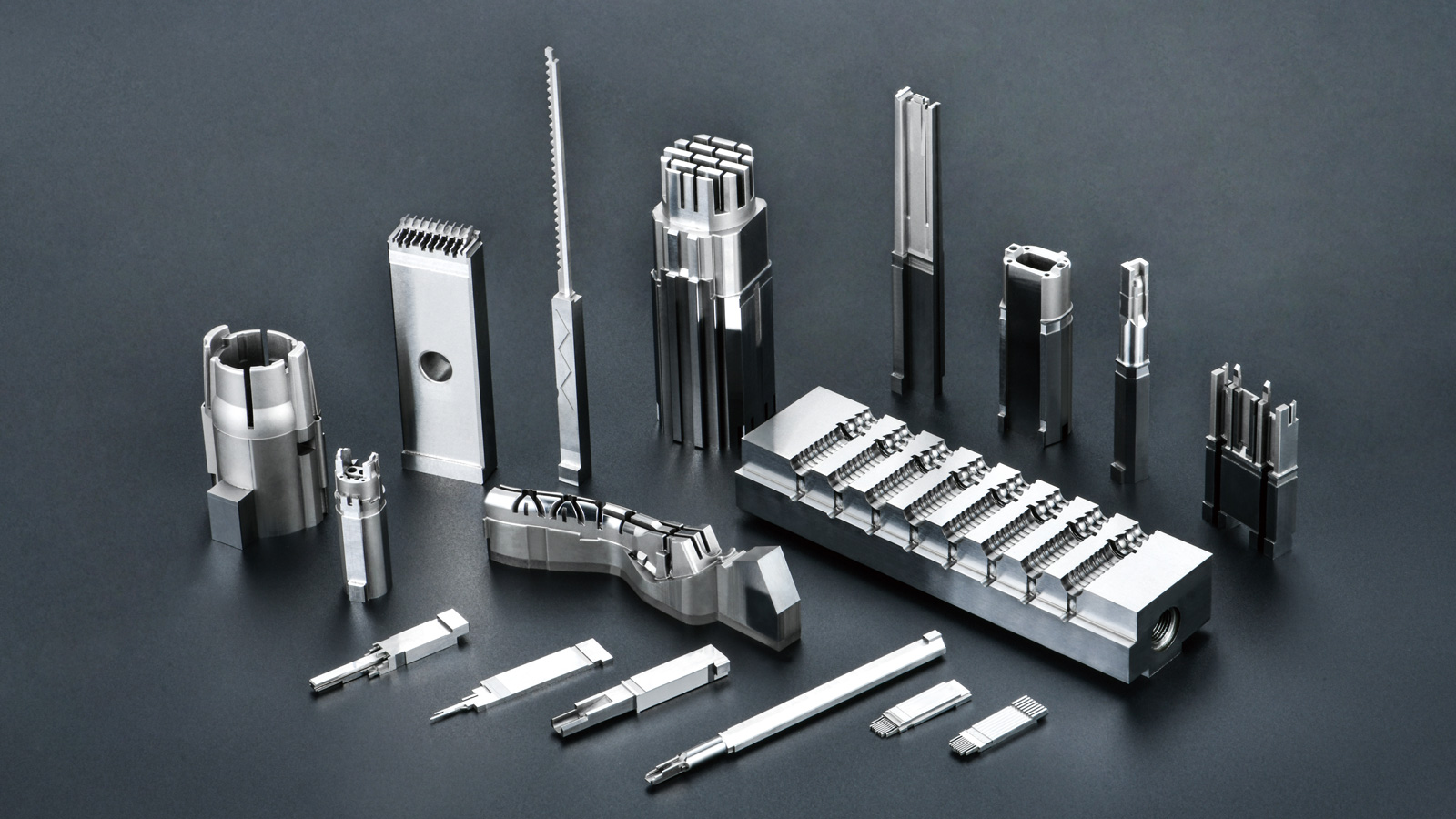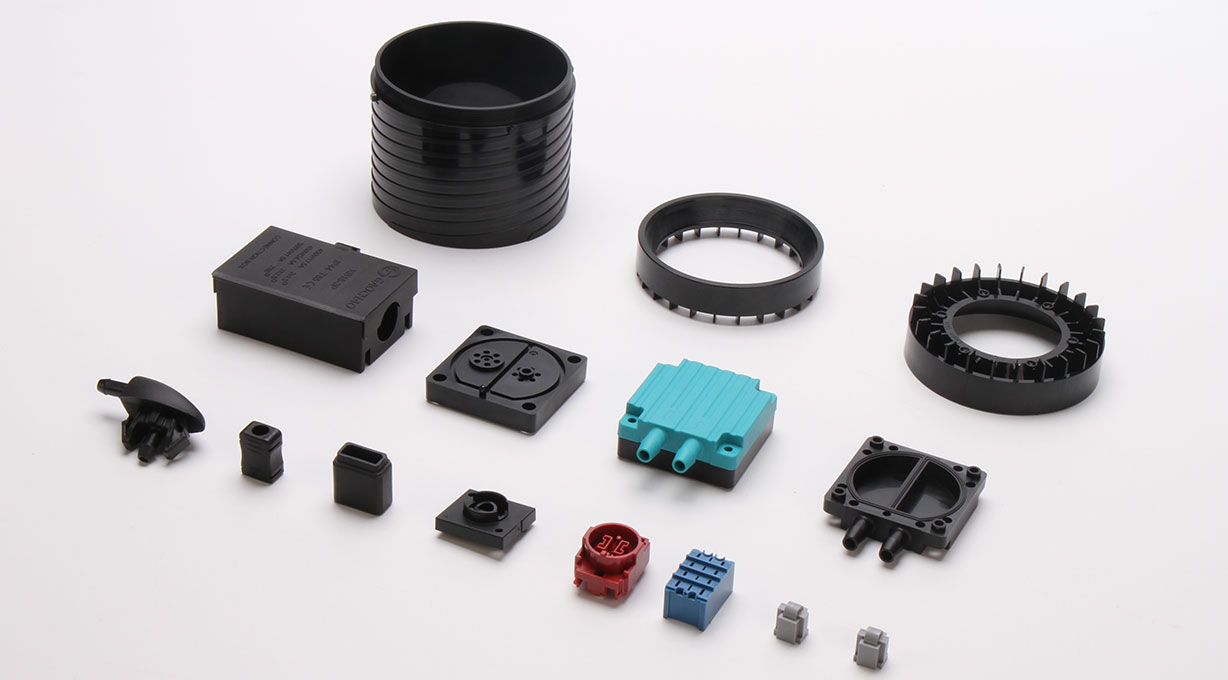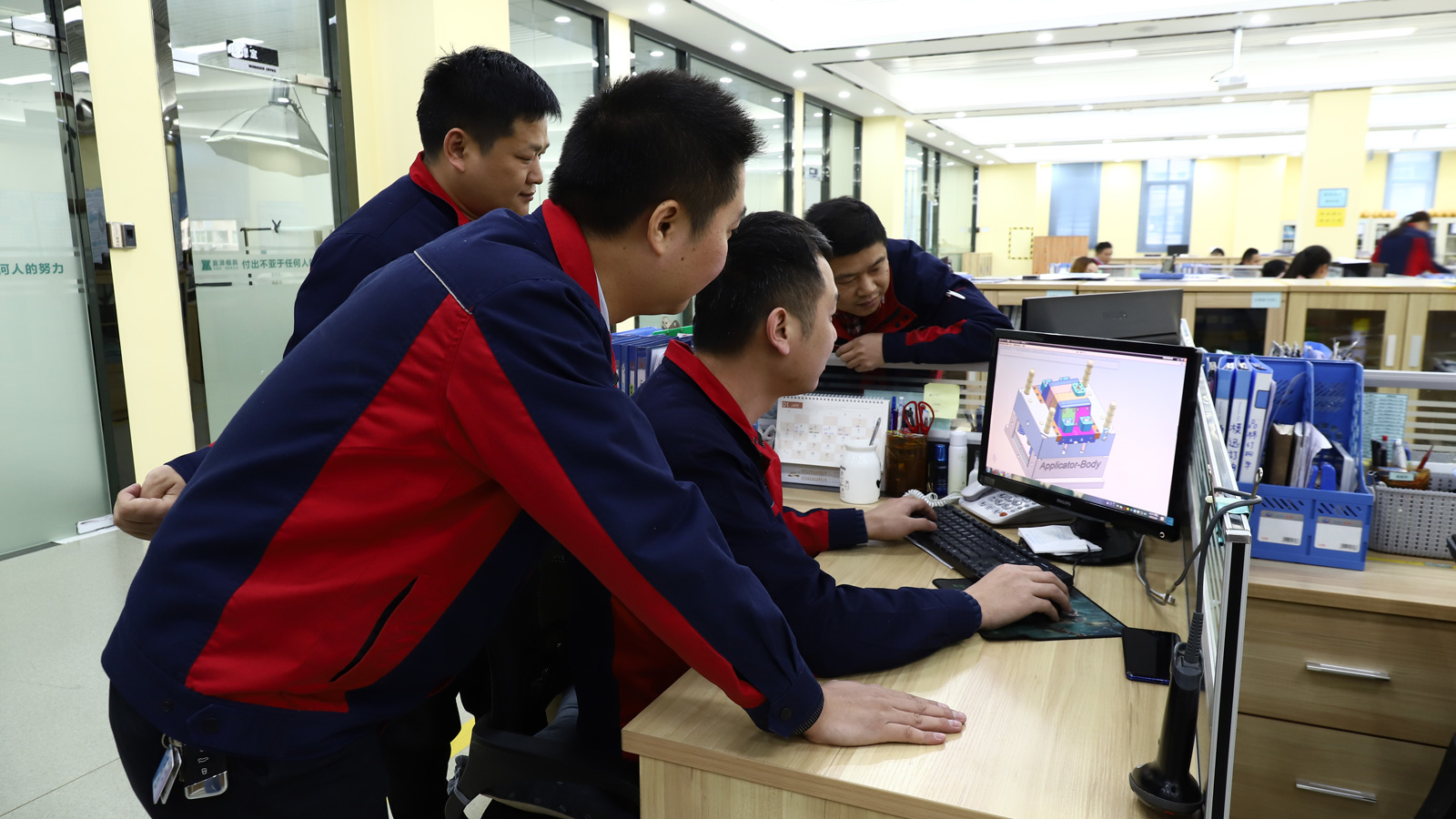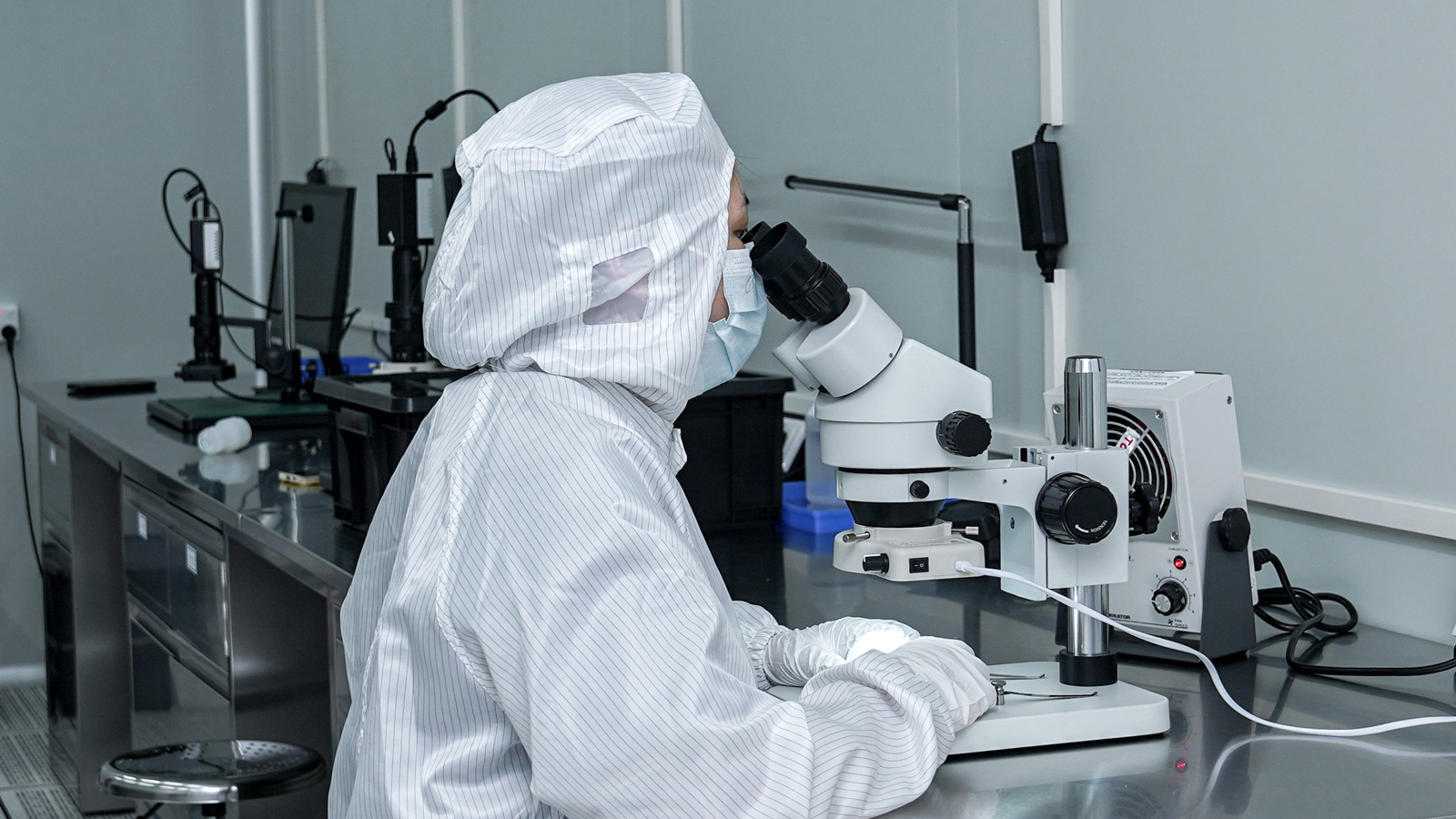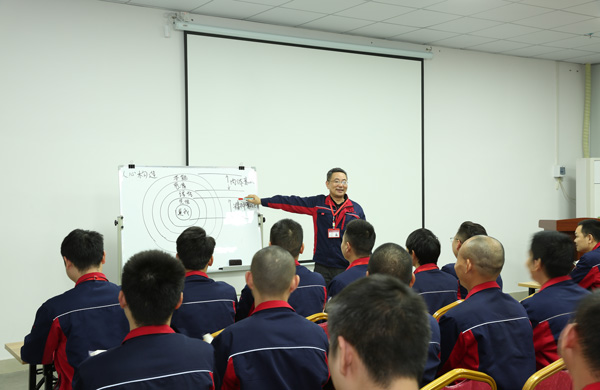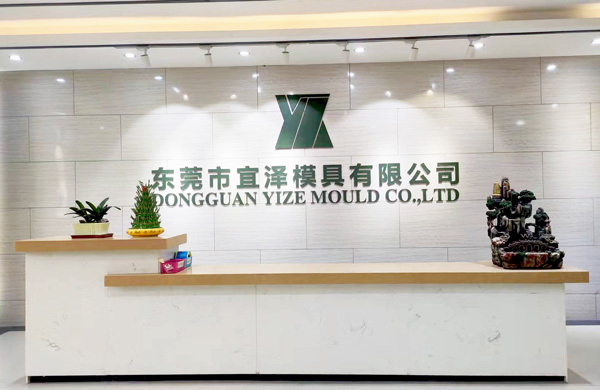After PEEK injection molding, a series of PEEK post-processing steps are often required to further enhance product performance, meet specific usage requirements, or improve surface quality. However, because of the unique properties of PEEK material, numerous crucial points must be noted during the post-processing process. A slight oversight may lead to a decline in product performance or even product scrap.
I. Heat Treatment: Eliminating Internal Stress and Stabilizing Dimensions
1. Necessity of Heat Treatment
During the injection molding of PEEK products, residual internal stress is generated within the products due to factors such as the uneven flow and cooling of the plastic melt in the mold cavity and the orientation of molecular chains. These internal stresses not only cause problems like warping and deformation in the products during subsequent use but may also reduce the mechanical strength and fatigue life of the products. Heat treatment can promote the rearrangement of PEEK molecular chains, release internal stress, and make the product dimensions more stable.
2. Control of Heat Treatment Process Parameters
- Temperature Setting: The heat treatment temperature for PEEK post-processing is usually selected between its glass transition temperature (Tg, approximately 143°C) and melting point (Tm, approximately 343°C), generally controlled within the range of 180 – 220°C. If the temperature is too low, the internal stress will not be fully released; if it is too high, the product may undergo thermal degradation or deformation. The specific temperature should be precisely adjusted according to the product’s thickness, shape, and usage requirements.
- Holding Time: The holding time is closely related to the product thickness. For PEEK injection-molded parts with a thickness of 2 – 5mm, the holding time is generally 2 – 4 hours; for every 1mm increase in thickness, the holding time can be appropriately extended by 0.5 – 1 hour. A sufficiently long holding time ensures the full release of internal stress, but an excessively long holding time reduces production efficiency and increases energy consumption.
- Cooling Method: After heat treatment, a slow cooling method should be adopted to avoid generating new internal stress due to a rapid cooling rate. Usually, the product is cooled in the furnace to below 100°C and then taken out and naturally cooled to room temperature in the air. For some products with extremely high dimensional accuracy requirements, programmed temperature-controlled cooling can be used to precisely control the cooling rate.
3. Requirements for Heat Treatment Equipment and Environment
Heat treatment should be carried out in a dedicated heat treatment furnace. The temperature uniformity inside the furnace should be controlled within ±5°C to ensure uniform heating of all parts of the product. Meanwhile, the heat treatment environment should be kept clean to prevent dust, impurities, etc., from contaminating the product surface and affecting product quality.
II. Machining: Precise Trimming to Meet Dimensional Accuracy Requirements
1. Selection of Machining Timing
It is more appropriate to machine PEEK injection-molded products after heat treatment. At this time, the product’s internal stress has been eliminated, and the dimensional stability is good, which can effectively reduce dimensional changes and deformation problems caused by the release of internal stress during the machining process. If machining is carried out before heat treatment, subsequent heat treatment may cause the product dimensions to exceed the tolerance range; if the machining time is too late, it may affect the machining quality and tool life due to the formation of an oxide layer or the adsorption of impurities on the product surface.
2. Key Points of Machining Process
- Tool Selection: Due to the high hardness and good toughness of PEEK material, sharp and wear-resistant carbide tools or diamond tools should be selected during machining. The geometric parameters of the tools, such as the rake angle, clearance angle, and major cutting edge angle, should be reasonably designed according to the machining method and the characteristics of PEEK material to reduce cutting force and cutting heat and avoid rapid tool wear and surface burning of the product.
- Setting of Cutting Parameters: Cutting speed, feed rate, and cutting depth are key parameters affecting the machining quality of PEEK. Generally, the cutting speed should not be too high to avoid material softening and tool sticking caused by friction-generated heat. For turning operations, the cutting speed can be controlled within 50 – 150m/min; for milling operations, the cutting speed can be appropriately reduced to 30 – 100m/min. The feed rate should be reasonably selected according to the tool strength and the requirements for the surface roughness of the machined surface, generally controlled within 0.05 – 0.3mm/r. The cutting depth should follow the principle of “multiple passes with a small amount” to avoid excessive vibration and a decline in machining quality caused by a large cutting depth in a single pass.
- Cooling and Lubrication: Effective cooling and lubricating fluids must be used during the machining of PEEK post-processing. Cooling and lubricating fluids can not only reduce the cutting temperature and tool wear but also wash away chips to prevent chip scratching of the product surface. Commonly used cooling and lubricating fluids include water-soluble cutting fluids and oil-based cutting fluids, which should be selected according to specific machining processes and equipment requirements.
3. Quality Control of Machining
After machining, the dimensional accuracy, shape accuracy, and surface roughness of PEEK products should be strictly inspected. For high-precision components, precise measuring equipment such as coordinate measuring machines can be used for measurement to ensure that all indicators of the product meet the design requirements. If the machining error exceeds the tolerance range, the cause should be analyzed in a timely manner and remedial measures should be taken, such as re-machining or local correction.
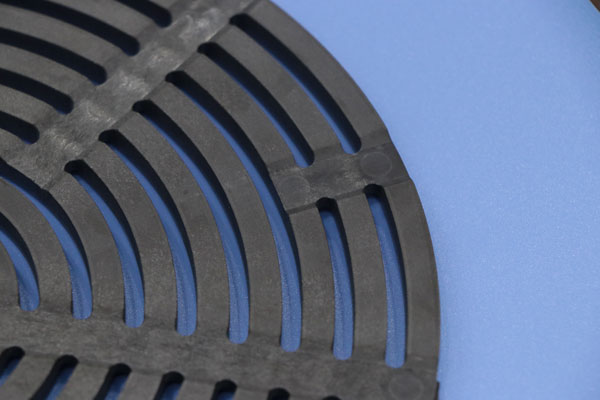
III. Surface Treatment: Enhancing Performance and Optimizing Appearance
1. Purpose of Surface Treatment
The surface treatment of PEEK injection-molded products aims to improve the wear resistance, corrosion resistance, biocompatibility, and appearance quality of the products. According to different application scenarios, different surface treatment methods can be selected, such as sandblasting, polishing, electroless plating, and plasma treatment.
2. Common Surface Treatment Methods and Precautions
- Sandblasting Treatment: Sandblasting can increase the surface roughness of PEEK products, improve the bonding strength between the coating and the substrate, and at the same time give the product a certain decorative effect. During sandblasting, appropriate sand particle materials (such as alumina sand, glass beads, etc.) and particle sizes should be selected, and the sandblasting pressure and time should be controlled to avoid surface damage or dimensional changes of the product caused by excessive sandblasting. After sandblasting, the residual sand particles on the product surface should be promptly cleaned to prevent them from affecting subsequent processing or use.
- Polishing Treatment: Polishing can achieve a mirror effect on the surface of PEEK products, improving their appearance quality and gloss. Polishing methods include mechanical polishing, chemical polishing, and electrolytic polishing. During mechanical polishing, appropriate polishing wheels and polishing pastes should be selected, and the polishing pressure and speed should be controlled to avoid scratches or deformation of the product surface caused by excessive polishing. Chemical polishing and electrolytic polishing require strict control of solution composition, pH value, temperature, and polishing time to ensure uniform polishing effects. After polishing, thorough cleaning and passivation treatments should be carried out to prevent coating corrosion.
- Electroless Plating Treatment: For PEEK products that require improved electrical conductivity, wear resistance, or corrosion resistance, electroless plating can be used to deposit a layer of metal coating, such as nickel or copper, on their surface. Before electroless plating, the surface of the PEEK product needs to be activated to improve the bonding strength between the coating and the substrate. During the electroless plating process, parameters such as the composition of the plating solution, pH value, temperature, and stirring speed should be strictly controlled to ensure stable coating quality. After plating, thorough cleaning and passivation treatments should be carried out to prevent coating corrosion.
- Plasma Treatment: Plasma treatment can improve the wettability, adhesiveness, and biocompatibility of the PEEK surface. Through chemical reactions between the active particles in the plasma and the PEEK surface, polar groups are introduced to increase the surface energy. During plasma treatment, parameters such as treatment power, treatment time, gas flow rate, and vacuum degree should be precisely controlled to achieve the desired treatment effect. The treated products should be promptly subjected to subsequent processing or use to avoid changes in surface properties due to environmental factors.
3. Quality Inspection of Surface Treatment
After surface treatment, the treatment effect should be inspected. For products with high wear resistance requirements, wear performance tests can be carried out using friction and wear testing machines; for products with corrosion resistance requirements, salt spray tests or chemical immersion tests can be carried out; for appearance quality, methods such as visual inspection and gloss meters can be used for evaluation. Ensure that the surface-treated products meet the design requirements and usage performance.
IV. Cleaning and Packaging: Preventing Contamination and Ensuring Quality
1. Cleaning Treatment
During the post-processing of PEEK injection-molded products, the surface is easily contaminated with impurities such as dust, oil stains, and chips. These impurities not only affect the appearance quality of the products but may also cause wear, corrosion, and other problems during product use. Therefore, thorough cleaning of the products is necessary after post-processing. The cleaning method can be selected according to the degree of surface contamination and the material characteristics of the products, such as ultrasonic cleaning, solvent cleaning, or high-pressure water gun cleaning. After cleaning, the moisture on the product surface should be dried with clean compressed air, and the products should be completely dried before packaging.
2. Packaging Requirements
Packaging is an important link to protect PEEK injection-molded products from the influence of the external environment. The packaging materials should have good moisture-proof, dust-proof, anti-static, and anti-collision properties. For small products, individual packaging can be carried out using materials such as plastic bags and anti-static foam; for large products or easily deformable products, customized wooden boxes or cartons can be used for packaging, and buffer materials can be filled inside to prevent damage to the products during transportation and storage. During the packaging process, the products should be prevented from coming into contact with sharp objects to avoid surface scratches. Meanwhile, information such as the product name, specifications, quantity, and production date should be marked on the packaging for traceability and management.
The post-processing of PEEK injection-molded products is a complex and crucial process, involving multiple links such as heat treatment, machining, surface treatment, cleaning, and packaging. Each link should be operated strictly in accordance with the process requirements, with careful control of various parameters and quality inspections to ensure that the final products have excellent performance and reliable quality to meet the application requirements in high-end fields.
